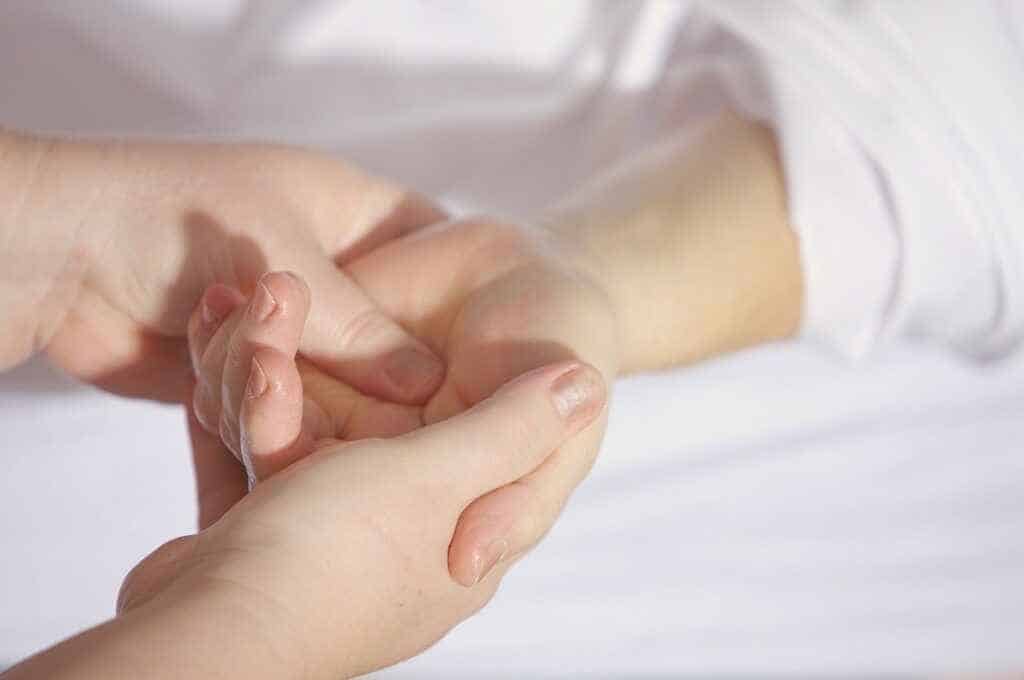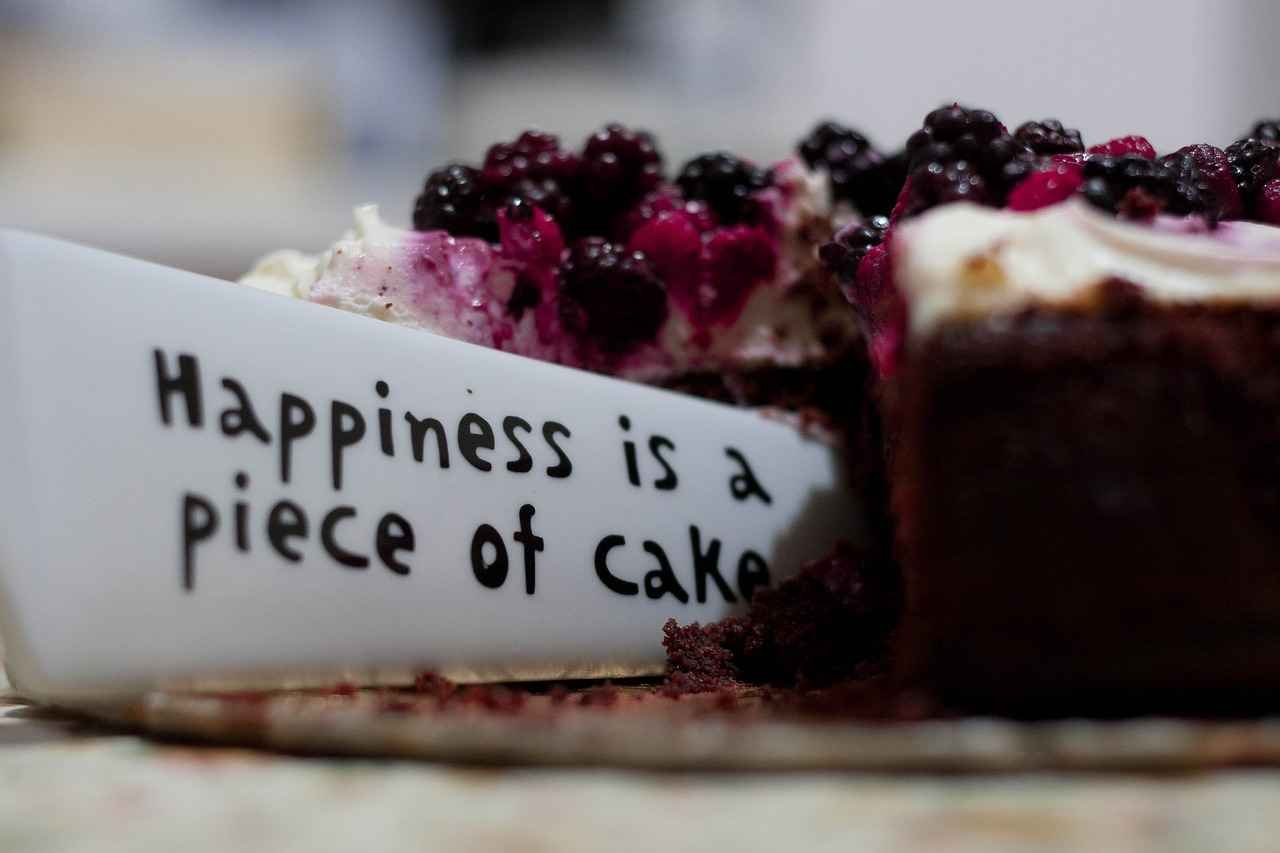Relaxation methods are an excellent approach to handle stress. It isn’t only about having a good time or doing something you love. Relaxation is a technique for reducing the negative effects of stress on the mind and body. Relaxation techniques can help you deal with ordinary stress as well as stress connected to medical conditions like heart disease and pain.

You can benefit from studying relaxation techniques whether your stress is spinning out of control or you’ve already tamed it. It’s simple to pick up some fundamental relaxation methods. Relaxation methods are also frequently free or inexpensive, carry minimal danger, and may be performed almost anyplace.
Advantages of relaxation techniques
Relaxation techniques may not be a priority in your life when you are overwhelmed with responsibilities and tasks, or when you are dealing with the effects of an illness. However, you may miss out on the health advantages of relaxing as a result.
Use relaxation techniques in conjunction with other positive coping skills, such as thinking positively, finding humor, problem-solving, time management, exercising, getting adequate sleep, and reaching out to supportive family and friends, to gain the maximum benefit.
Relaxation technique types
Complementary health practitioners, physicians, and psychotherapists can teach various relaxation techniques. You may, however, practice some relaxing methods on your own if you choose.
Relaxation techniques, in general, entail concentrating your attention on something soothing and being more aware of your body. It makes no difference which relaxation method you use. What is important is that you make an effort to relax on a regular basis in order to reap the advantages.
Autogenic relaxation
The term “autogenic” refers to anything that originates from within you. To relieve tension, you employ both visual imagery and bodily awareness in this relaxing method.
In your thoughts, you repeat words or ideas that may help you relax and relieve muscle tension. Imagine a calm scene and then concentrate on regulated, relaxing breathing, lowering your heart rate, or experiencing other bodily sensations, such as relaxing each arm or leg one at a time.
Muscle relaxation
You focus on progressively tensing and then releasing each muscle group in this relaxation method. This will assist you in focusing on the difference between muscular tension and muscle relaxation. Physical sensations can be made more conscious.
Start tensing and releasing the muscles in your toes and work your way up to your neck and head in one form of progressive muscle relaxation. Start with your head and neck and work your way down to your toes. Repeat by tensing your muscles for five seconds and then relaxing for 30 seconds.
Visualization
You may use mental pictures to take a visual journey to a serene, relaxing place or circumstance with this relaxation technique. When utilizing visualization to relax, attempt to include as many sensations as possible, such as smell, sight, sound, and touch. Consider the scent of saltwater, the sound of crashing waves, and the warmth of the sun on your skin as you envision resting at the beach.
Close your eyes, find a quiet place to relax, adjust any tight clothing, and focus on your breathing. Concentrate on the present moment and imagine good ideas.





